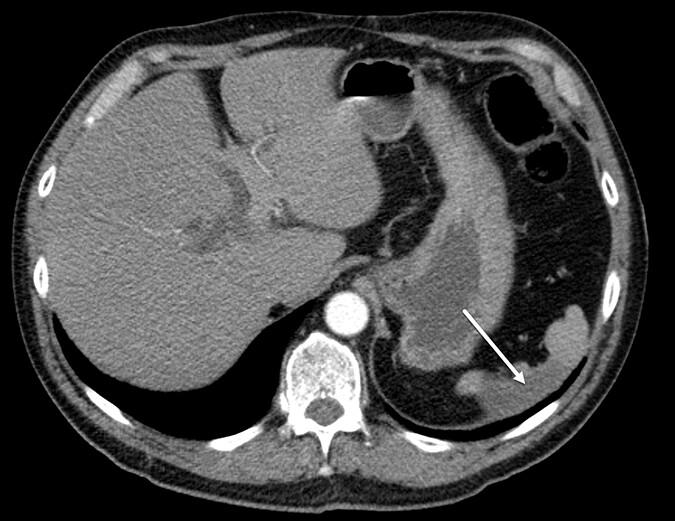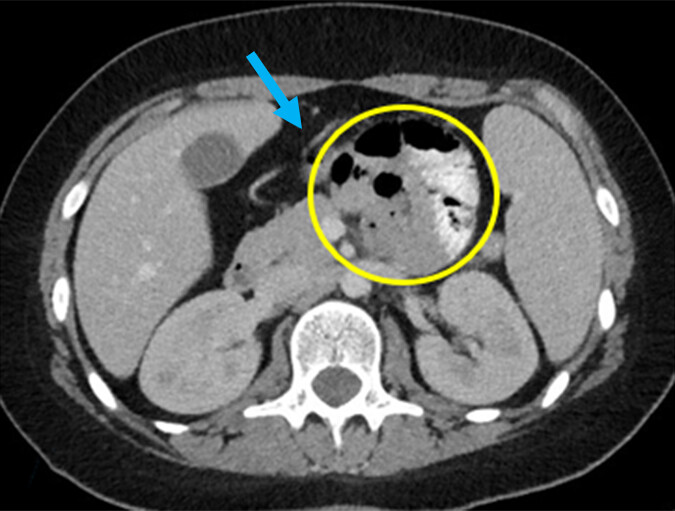
R3 Journal
@R3_Journal
Roentgen Ray Review (R3) is @ARRS_Radiology's newest peer-reviewed radiology journal.
Classifying tibial plateau fractures isn't always a piece of cake. This new R3 Pictorial Essay details the recently developed three-column classification system that supports more comprehensive surgical planning. r3journal.org/doi/10.2214/R3…

What happens when three rare cardiac anomalies appear in one patient? This report examines the case of a 34-year-old woman and highlights the critical role of advanced imaging in understanding and addressing the complex interplay of her conditions. r3journal.org/doi/10.2214/R3…

Explore a medical rarity. A patient's chest pain was the result of coronary sinus stenosis, a coronary sinus aneurysm, and a right coronary artery to coronary sinus fistula. This R3 Case Report explores the diagnosis and treatment. r3journal.org/doi/10.2214/R3…

Fewer than 80 cases of coronary sinus stenosis have been reported in the literature. This R3 Case Report details a case that includes an aneurysm and a coronary artery fistula in a young woman. r3journal.org/doi/10.2214/R3…

Global splenic infarction is a critical diagnosis that can lead to functional asplenia. It is challenging to spot on portal venous phase CT. Read the full case report, with open access until August 22. r3journal.org/doi/10.2214/R3…




Recognizing congenital internal hernias on imaging is essential for timely diagnosis and intervention. This new R3 Pictorial Essay outlines the types, key findings, and clinical implications. r3journal.org/doi/10.2214/r3…


Fibrosing mediastinitis can mimic malignancy on imaging, making diagnosis a challenge. This R3 Pictorial Essay walks through classic findings, atypical appearances, and important mimics. r3journal.org/doi/10.2214/r3…


Despite newer imaging options, chest X-rays remain the go-to first step in diagnosis. Part 2 of this series explores key radiographic signs that guide critical decisions. r3journal.org/doi/10.2214/r3…

Chest radiography is the most widely used imaging exam in the world, but interpretation can be tricky. This case-based review covers essential signs every radiologist should recognize. r3journal.org/doi/10.2214/r3…

How should you evaluate new ML reconstruction tools? These promising approaches have limitations, including a "black box" nature and a need for further validation. Learn what to look for in the new R3 "What's New?" guide. r3journal.org/doi/10.2214/R3…

ML reconstruction promises faster scans and lower doses, but it carries risks like instability and new artifacts. Our new R3 "What's New?" review helps you navigate this complex technology with care. r3journal.org/doi/10.2214/R3…


Epitransverse and paracondylar processes at the atlanto-occipital junction are easy to miss but can cause symptoms and complicate surgery. Learn what they look like and why they matter in this latest R3 case report. r3journal.org/doi/10.2214/r3…

For more, watch Dr. Leyendecker’s interview with Dr. Taffel youtube.com/watch?v=VxGQ0K…
Not all splenic lesions are created equal. This new R3 Pictorial Essay introduces a simple and clinically grounded algorithm for managing incidental splenic lesions 1 cm or larger. r3journal.org/doi/10.2214/R3…
The latest R3 Pictorial Essay tackles subtle thumb ligament injuries by highlighting key ultrasound techniques to avoid misdiagnosis and mistreatment. r3journal.org/doi/10.2214/R3…

Lateral trochlear OCD is rare and easily missed. This case highlights how subtle radiographic signs and MRI findings can guide early diagnosis and prevent long-term elbow dysfunction in young athletes. r3journal.org/doi/10.2214/R3…
